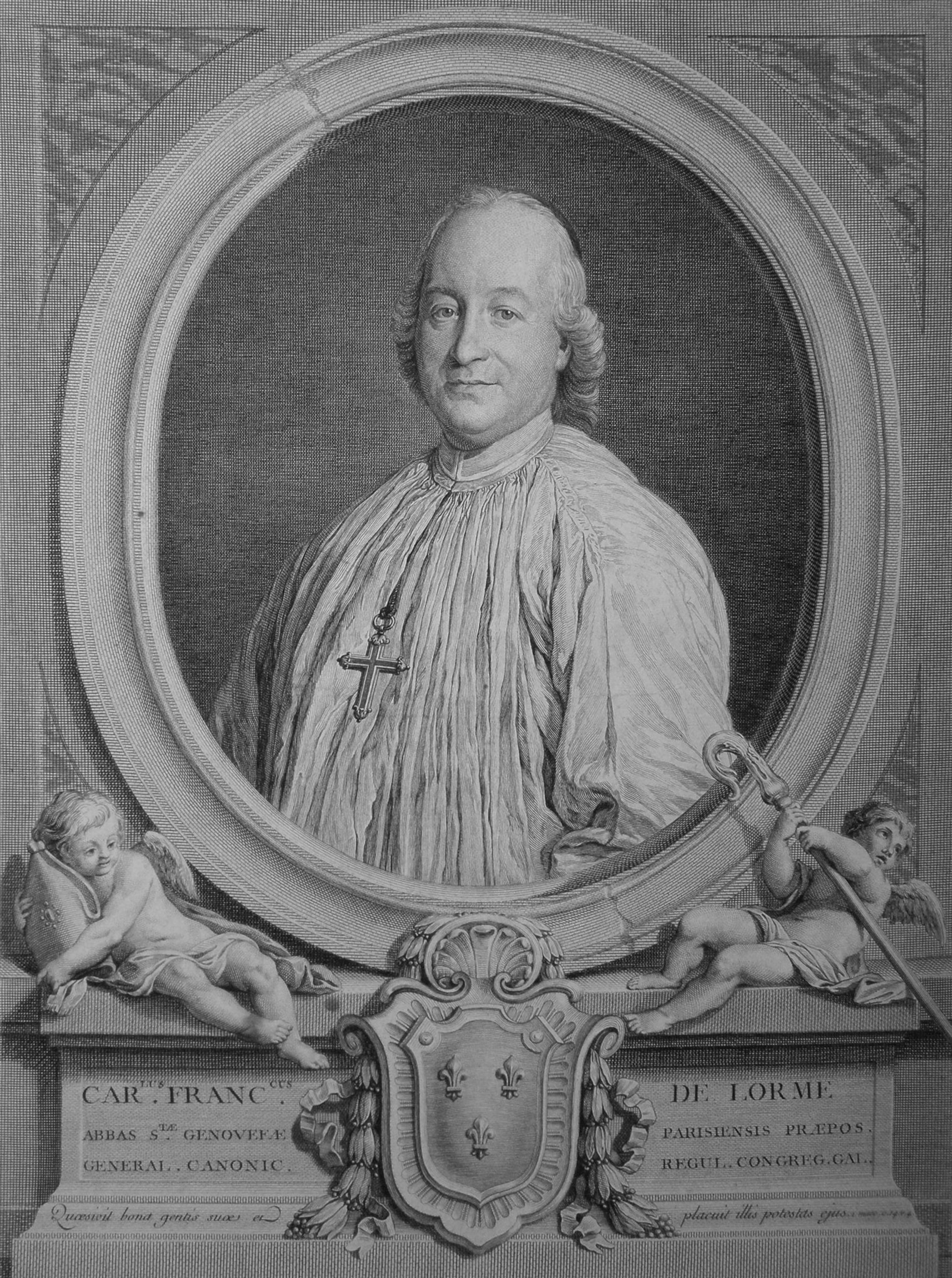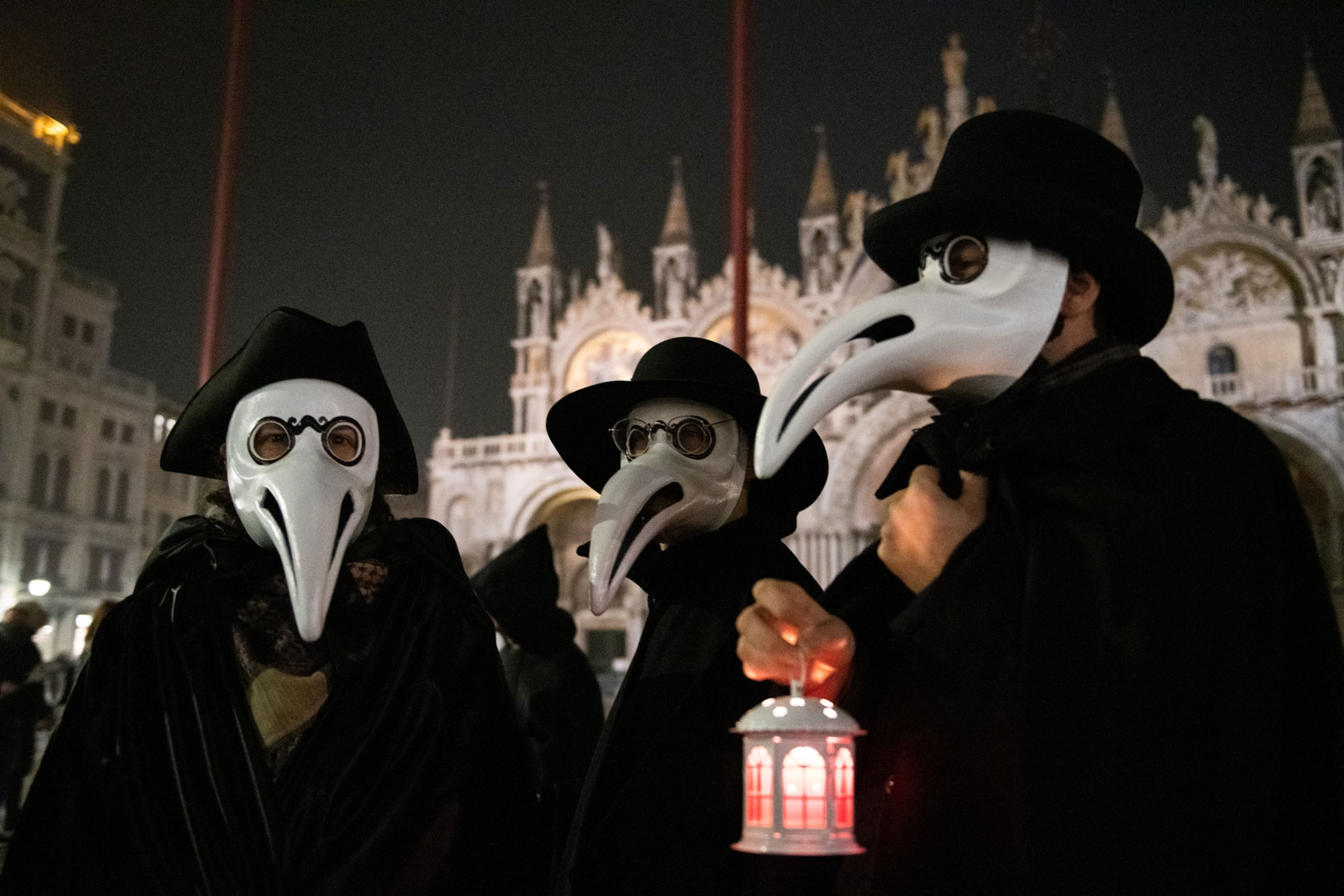Plague doctors, with their eerie, beaked masks, remain one of history’s most haunting and recognizable figures. These physicians, employed during outbreaks of the bubonic plague, especially in 17th-century Europe, are instantly recognizable by their peculiar attire. But the question remains: why the distinctive and somewhat unsettling bird-like mask? The answer lies not in some bizarre fashion choice, but in the prevailing medical theories of the time and a desperate attempt to ward off the deadly disease.
 Charles de Lorme, the 17th-century physician credited with designing the plague doctor's bird mask uniform.
Charles de Lorme, the 17th-century physician credited with designing the plague doctor's bird mask uniform.
The Genesis of the Plague Doctor’s Outfit
The iconic costume, including the bird mask, is largely attributed to Charles de Lorme, a prominent physician who served numerous European royal families in the 1600s. Serving figures like King Louis XIII, de Lorme conceptualized a uniform intended to protect plague doctors from the disease’s ravages. His design was comprehensive, aiming to create a full-body barrier. This ensemble featured a long, ankle-length coat heavily waxed for impermeability, breeches that connected to boots, a tucked shirt, and gloves, hat, all crafted from goat leather. To further aid them in their grim duties, plague doctors carried a rod, used to examine patients without direct contact, or to fend off desperate individuals.
Unpacking the Bird Mask: Functionality Over Fear Factor
The most striking element of the plague doctor’s garb was undoubtedly the mask. As described by de Lorme, this was no simple face covering. It incorporated spectacles and a distinctive beak, described as “half a foot long.” This beak was not merely for show; it was a crucial component of their misguided protective strategy. The beak was designed to be filled with aromatic substances – perfumes and herbs. Small holes near the nostrils allowed for breathing, but crucially, forced incoming air to pass through these fragrant fillings.
This design stemmed from the widely accepted miasma theory. Before the understanding of germ theory, disease was believed to spread through “miasma” – foul-smelling, poisoned air. It was thought that this corrupted air caused imbalances in the body’s humors, leading to illness. Fragrant and pungent scents, conversely, were believed to combat miasma. Therefore, plague doctors packed their masks with theriac, a complex concoction of over 55 herbs and other ingredients, including viper flesh powder, cinnamon, myrrh, and honey. De Lorme theorized that the beak’s length would provide sufficient time for the air to be purified by these protective herbs before reaching the doctor’s respiratory system.
 Venetian Carnival participants dressed as plague doctors, showcasing the enduring cultural impact of the iconic mask.
Venetian Carnival participants dressed as plague doctors, showcasing the enduring cultural impact of the iconic mask.
A Lasting Legacy: From Protection to Pop Culture
While ultimately ineffective against the plague, the plague doctor’s costume, and especially the bird mask, left an indelible mark on culture. In Italy, particularly, the image became deeply ingrained. The “plague doctor” became a stock character in the Italian commedia dell’arte and a fixture of carnival celebrations in cities like Venice. Even today, the plague doctor mask remains a popular and recognizable costume, its eerie silhouette continuing to fascinate and remind us of a dark chapter in medical history. The bird mask, though born from a misunderstanding of disease, stands as a powerful symbol of humanity’s attempts to confront and protect itself against terrifying and invisible threats.

